>
I have been studying painting of late to help me along in my new endeavor of mastering the medium of oils. In particular, I have been studying female painters because I draw inspiration from them, being a female too. I have been copying an Impressionist painting but I find that my natural style seems to pull toward realism and, at times, Rococo. The very idea of abstract art makes me homicidal. I can’t tolerate it.
The lovely lady in this portrait is Louise Élisabeth Vigée Le Brun. She was probably the most famous European female painter of the eighteenth century. So famous, in fact, that she became Marie Antoinette’s portraitist, friend and confidante. Madame Le Brun was a Rococo painter but had some influences with the neoclassical movement. Rococo art was ornate, colorful, playful and had movement in the compositions, whereas previous popular styles were very structured, historical and symmetrical. She lived at the end of the Rococo movement, which drifted into the neoclassical movement at the nineteenth century. Neoclassical painting drew heavy inspiration from Ancient Greece and Rome. The compositions were very idealistic as opposed to depicting reality and they were made up of epic subjects such as ancient mythology, legends and so forth. While Le Brun was more of a Rococo artist, one can easily see neoclassicism in her later works.
Madame Le Brun was born to an artist father and a hairdresser mother; her father having given her the earliest artistic training and encouraged her talent. She had a studio and was painting portraits professionally in her early teens but the studio was seized when it was discovered that she was practicing without a license. In 1775, she married a fellow artist, Jean-Baptiste-Pierre Le Brun, and they had a baby, Jeanne Julie Louise, in 1780. She was made a member of the Académie de Saint Luc in 1783. Le Brun painted several portraits for the royal family and by 1789, she replaced Alexander Kucharsky as official court painter to Marie Antoinette. During her time with the royal family, Le Brun painted more than 30 portraits of the queen and her children. When the royal family was arrested in the French Revolution, Le Brun fled France with her daughter and lived in Italy, Austria and Russia, where she continued her work as a celebrated portraitist to the aristocracy and royalty. She lived from 1755 until 1842 and left behind more than 600 portraits and 200 landscapes.
Here are several examples of Louise Élisabeth Vigée Le Brun’s work.













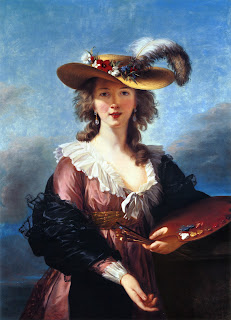

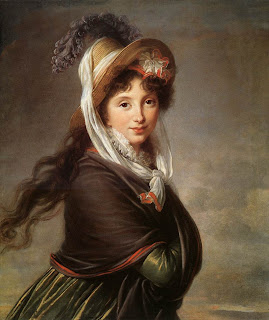
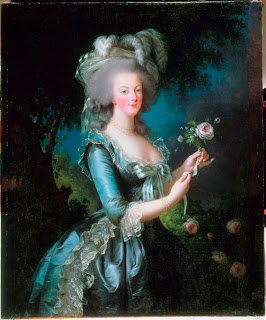
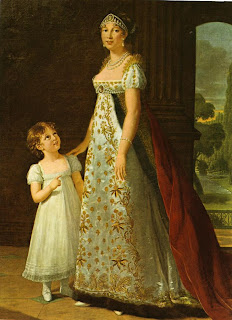
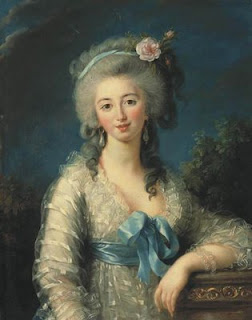

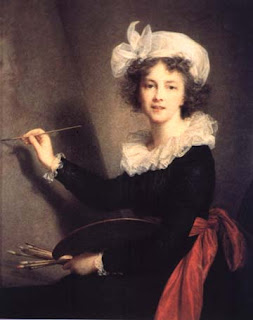


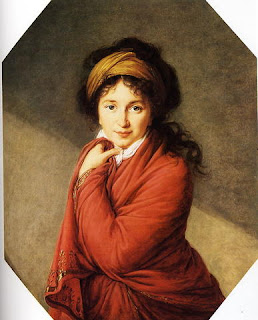

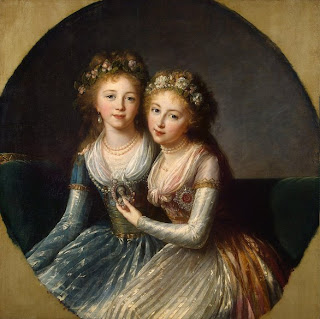


Leave a Reply